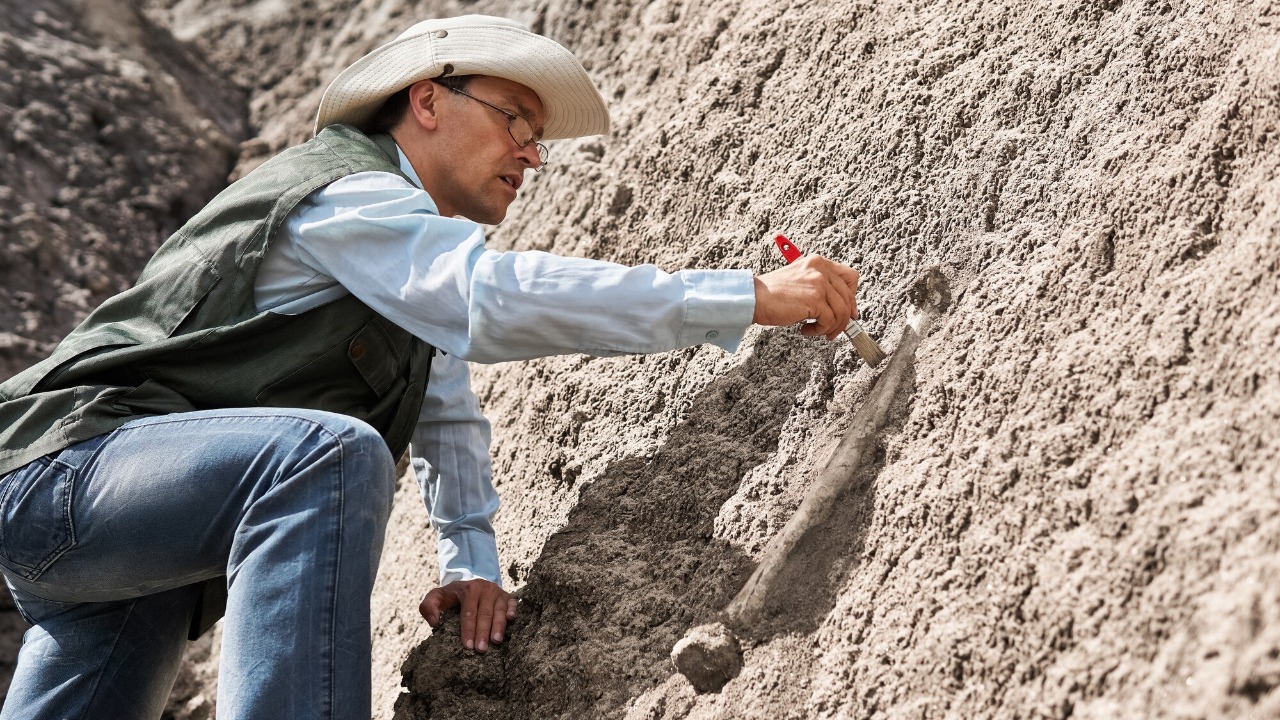
Archaeologists have recently unearthed ancient ash layers from the Santorini volcano, a catastrophic event that had a profound impact on early human populations. The eruption blanketed regions in thick deposits, triggering catastrophic events, and its effects were felt far beyond the volcano’s location in Greece. In Türkiye, researchers discovered victims of the Santorini eruption, along with ancient ash and traces of a devastating tsunami. These findings, along with studies of a supervolcano eruption, provide valuable insights into human resilience in the face of such near-extinction events.
The Santorini Eruption’s Scale
The Santorini volcano, located in the Aegean Sea, was responsible for one of history’s most explosive events. The eruption ejected vast amounts of material, creating a thick layer of ancient ash that threatened human survival across the Mediterranean. This ash was thick enough to bury settlements and disrupt ecosystems far from the source, demonstrating the far-reaching impact of such a catastrophic event.
Interestingly, the Santorini eruption shares similarities with supervolcano activity, which has also threatened humanity’s existence in the past. These events have the potential to create global ash blankets, causing significant disruption to ecosystems and human societies.
Recent Excavations in Türkiye
In February 2025, archaeologists in Türkiye began excavating ancient ash linked to the Santorini eruption. The site revealed human remains preserved within the ash layers, providing a chilling snapshot of the eruption’s human toll. These victims of the Santorini volcano were found alongside evidence of structural damage caused by the eruption’s fallout, highlighting the event’s reach beyond Greece.
Traces of the Resulting Tsunami
Alongside the ancient ash, researchers also discovered traces of a tsunami in Türkiye’s coastal sediments. These traces, including displaced boulders and marine deposits mixed with ancient ash, suggest that the tsunami reached significant heights and inundated inland areas. This evidence confirms the secondary hazards caused by the eruption and links these effects to the collapse of the Santorini volcano’s caldera, which displaced seawater on a massive scale.
Human Victims and Their Stories
The victims of the Santorini eruption in Türkiye provide a poignant insight into the event’s human cost. Many of these individuals were caught mid-activity, their poses preserved in ash suggesting a sudden and unexpected death. Skeletal analysis shows trauma from falling debris and ash inhalation, underscoring the brutality of the eruption. These remains provide direct evidence of how the event’s ash and tsunami claimed lives far from the epicenter.
Survival Amid Supervolcano Ash
Despite the devastating effects of such eruptions, evidence shows that ancient people were able to survive and adapt. Archaeological sites reveal that tool-making continued under layers of ash from a supervolcano eruption, indicating resilience against the event’s global cooling effects. Communities were able to migrate through ash-choked landscapes, preserving genetic lines that could have faced extinction.
Connections to Near-Humanity Wipeout
The Santorini eruption, while devastating, did not threaten the extinction of humanity. However, it shares similarities with other volcanic events that have posed such a threat. For example, the volcano that nearly wiped out humanity caused ash fallouts that led to famine and societal collapse. Excavations of ancient ash show reduced population densities following these eruptions, linking them to broader supervolcano threats. In these cases, survival hinged on isolated groups evading the worst effects of the ash, preventing total human loss.
More from MorningOverview